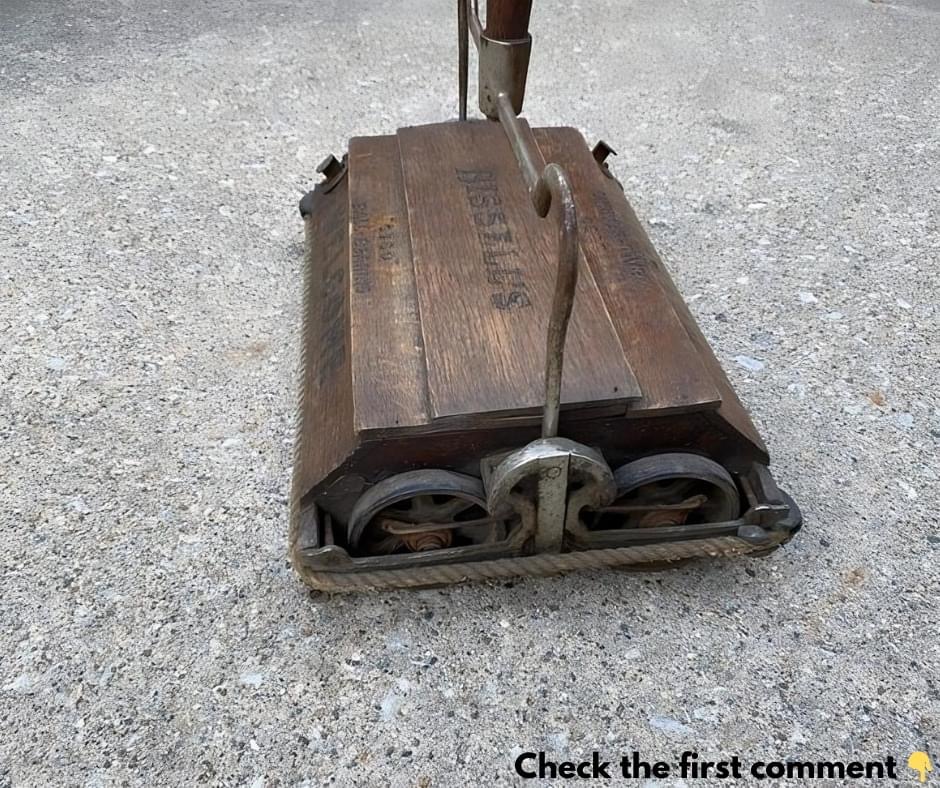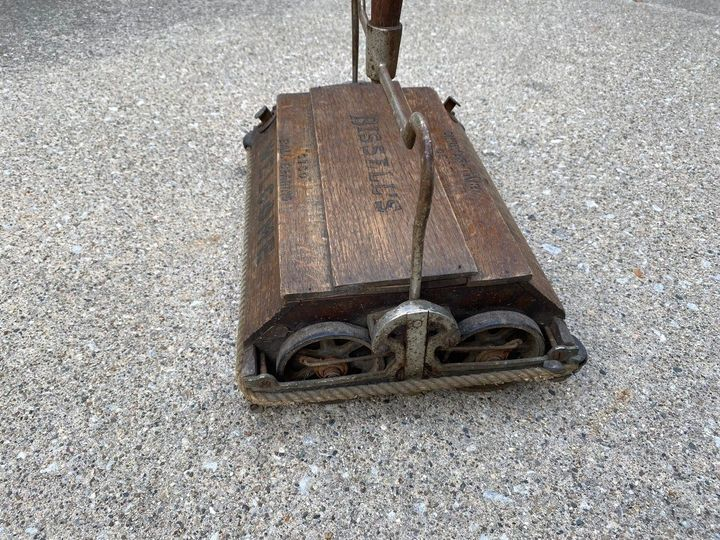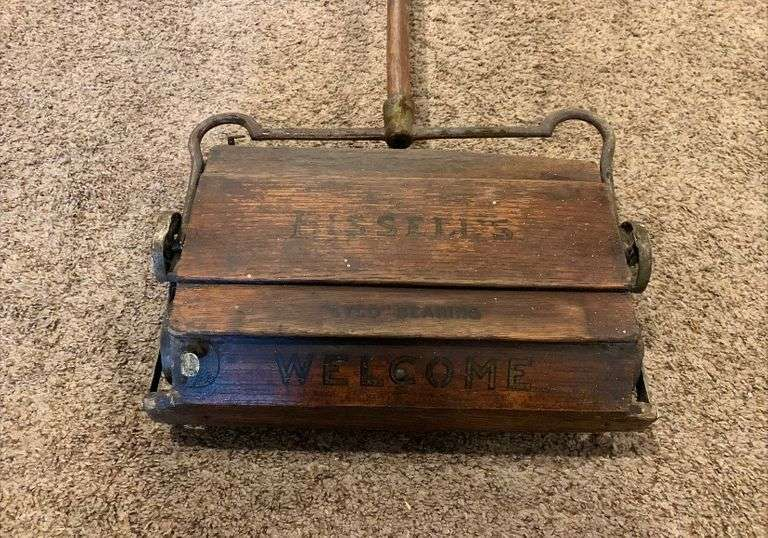
In today’s world of high-tech vacuum cleaners and robotic dust busters, the vintage carpet sweeper might seem like a relic of the past. But this humble device played a crucial role in the evolution of household cleaning tools. Far from being just a quaint memory, the carpet sweeper has a rich history, practical usage, and enduring legacy that still resonate today. Let’s take a journey through time to explore the fascinating story of the vintage carpet sweeper and its place in the annals of domestic innovation.

The origins of the carpet sweeper can be traced back to the mid-19th century, a time when carpets were becoming a staple in middle-class homes. As more households adopted carpets, the need for an efficient cleaning solution became apparent. In 1860, Daniel Hess, an inventive mind from West Union, Iowa, answered this call. He patented the first manual carpet sweeper, a device that combined a rotating brush with a bellows mechanism to create suction. This invention was revolutionary, setting the stage for future developments in carpet cleaning technology.
While Daniel Hess laid the groundwork, it was Melville Bissell who truly transformed the carpet sweeper into a household essential. In 1876, Bissell, frustrated with the chore of cleaning sawdust from his crockery shop, invented a more practical and efficient carpet sweeper. His design featured a simple yet effective system of rotating brushes that swept dirt and debris into a dustpan-like container. This innovation was so successful that it led to the founding of the Bissell Company, which quickly became synonymous with quality cleaning products.
The vintage carpet sweeper’s success wasn’t just about innovation; it was also about practicality. Unlike today’s electric vacuum cleaners, the early carpet sweepers required no electricity, making them an ideal solution for households that lacked power. Their lightweight design, portability, and ease of use made them accessible to a wide range of people, regardless of their physical strength or technical knowledge.
Operating a carpet sweeper was a breeze. Users simply pushed the device back and forth across the carpet, and the rotating brushes would sweep up dirt and debris into an internal compartment. This made carpet sweepers perfect for quick clean-ups and maintenance between more thorough cleanings. Whether dealing with crumbs, pet hair, or dust, the carpet sweeper offered a convenient way to keep carpets and rugs looking their best without the need for heavy lifting or complex technology.
One of the carpet sweeper’s most appealing features was its quiet operation. Unlike the noisy vacuum cleaners that followed, carpet sweepers were virtually silent, making them a popular choice for households where quiet was valued. Whether cleaning in the early morning or late at night, the carpet sweeper allowed for a disturbance-free cleaning experience, making it a favorite in homes with young children or light sleepers.

While modern vacuum cleaners have largely replaced the carpet sweeper, its legacy lives on. The principles of mechanical brush systems and debris collection that were pioneered by carpet sweepers informed the design of early vacuum cleaners. In fact, many of the features we take for granted in today’s vacuums—such as rotating brushes and dust collection chambers—have their roots in the vintage carpet sweeper.
The Bissell Company, founded on the success of the carpet sweeper, remains a major player in the cleaning industry. Their ongoing innovation and commitment to improving home cleaning solutions are a direct legacy of their original invention. Today, Bissell continues to honor its heritage by offering a range of cleaning products that reflect the company’s long-standing dedication to quality and efficiency.
Beta feature




